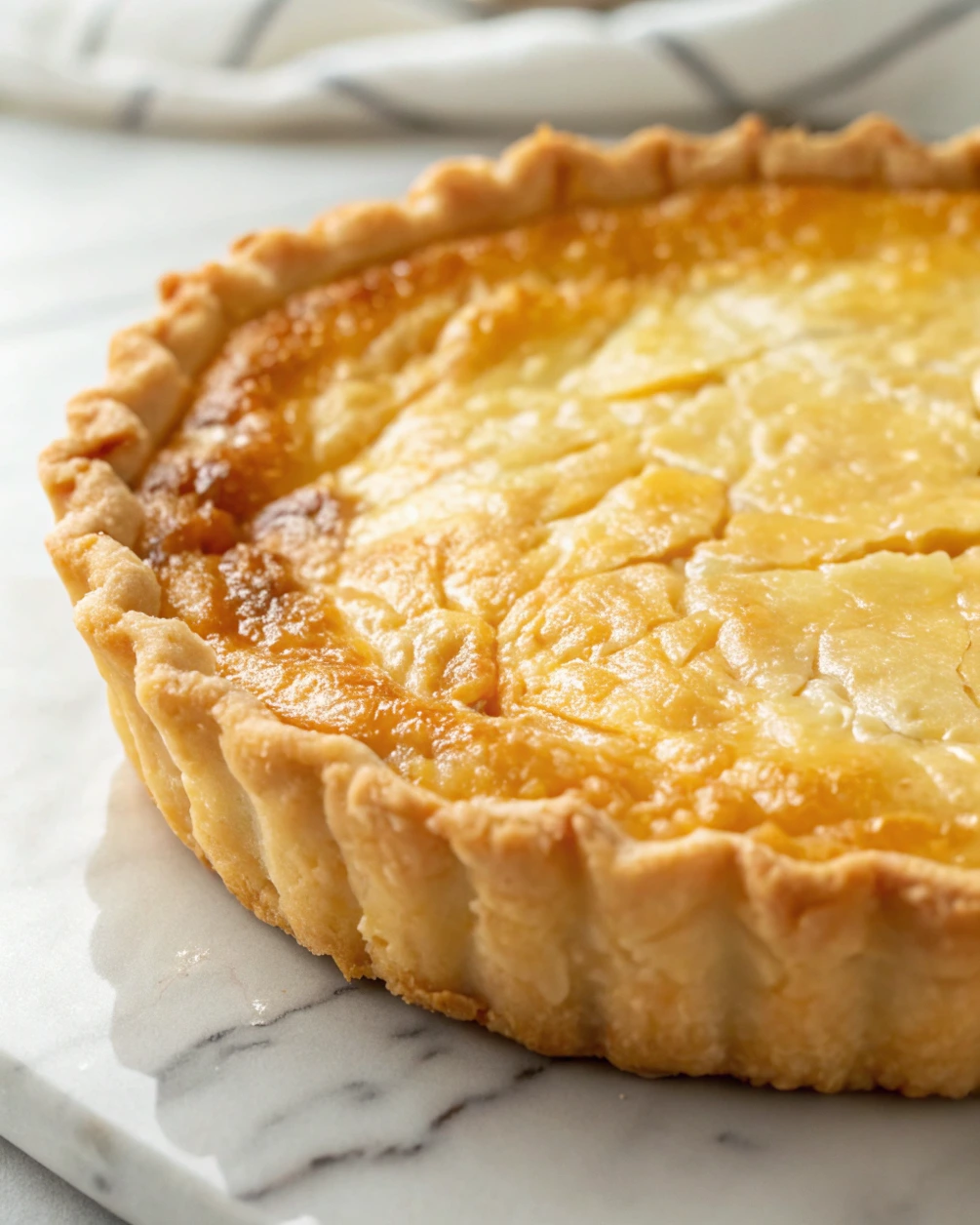Craving flaky, buttery pastries without the gluten? You’re not alone. Whether you’re baking for health reasons or experimenting with alternative flours, mastering gluten free pastry dough is both rewarding and delicious. In this guide, we’ll uncover everything from the best ingredients and step-by-step instructions to top store-bought brands, pro tips, and even foolproof recipes. Plus, we’ll answer all your burning questions about making pastries that are crispy, golden, and gluten free.
So roll up your sleeves—this guide is your go-to companion for everything you need to know about working with gluten free pastry dough. Let’s dig into the flaky goodness.
Table of Contents
Introduction to Gluten Free Pastry Dough
What is Gluten Free Pastry Dough?
Gluten free pastry dough is a type of dough made without wheat flour or any ingredients containing gluten—a protein found in wheat, barley, and rye. Instead, it uses alternative flours like rice flour, almond flour, or sorghum flour to create a dough that’s safe for people with celiac disease or gluten sensitivity. But don’t worry, it’s not all about restrictions. Done right, it can be just as tasty—if not more—than the traditional stuff.
Unlike standard pastry dough, which relies on gluten to develop elasticity and structure, gluten free pastry dough depends on a delicate balance of starches and binders like xanthan gum or psyllium husk. This balance helps achieve that perfect crumbly-yet-sturdy texture essential for pies, tarts, and turnovers.
Why Use Gluten Free Options for Baking?
There are plenty of reasons to give gluten free baking a shot—even if you’re not gluten intolerant. For starters, these pastries tend to be easier on the stomach. They also introduce unique flavors and textures that standard dough just can’t deliver. Plus, exploring with alternative flours like oat, millet, or tapioca can add a fun twist to your baking adventures.
Many folks also choose gluten free pastry dough for clean eating or allergy-friendly purposes. It’s more inclusive and can suit a wider range of diets, especially when made dairy-free or egg-free. Whether you’re baking for health, creativity, or necessity, using gluten free options lets you bring something special to the table.
Stick around—up next, we’ll break down the essential ingredients you need to build this dough from the ground up.
Ingredients Breakdown for Gluten Free Pastry Dough
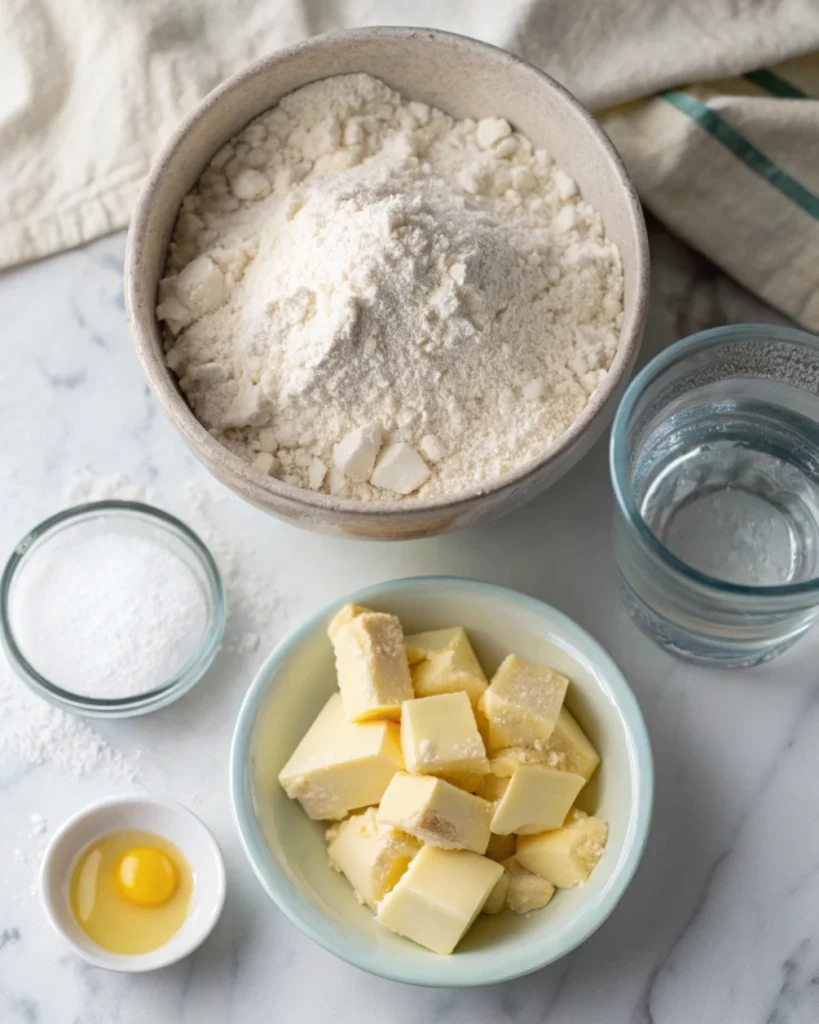
Core Ingredients: Flour Blends, Fats, and Binders
When it comes to making *gluten free pastry dough*, the ingredient list is everything. The absence of gluten means you’ve got to be strategic with what you include. Instead of one all-purpose flour, you’ll need a well-balanced flour blend. A common combo includes rice flour, potato starch, and tapioca flour. These provide a neutral flavor and a soft crumb—perfect for pastries that hold their shape but melt in your mouth.
Fat is the next big player. Traditional butter works beautifully here, but if you’re going dairy-free, you can go for vegetable shortening or vegan butter. Just make sure it’s cold—really cold. Cold fat ensures you get that flakiness every great pastry needs.
Finally, binders like xanthan gum or psyllium husk are a must. Without gluten, you need these to give your dough structure and flexibility. A small amount goes a long way, but skipping it? Total recipe flop.
One highly rated recipe on Allrecipes backs this up with a simple mix of rice flour, baking powder, shortening, and a touch of vanilla extract for flavor. While minimalist, it still delivers on that flaky crust magic.
Safe Substitutes: What Works and What Doesn’t
Not all flours play nice in gluten free pastry dough. Almond flour, for example, adds flavor but can be oily and dense—use it sparingly. Coconut flour? It’s super absorbent and best left for cookies. Stick to light and starchy flours when you want a pastry that puffs and flakes like the real deal.
If you’re aiming for a whole grain twist, sorghum or oat flour work great in moderation. They add a hint of earthiness without making the dough too heavy. Just remember to always use certified gluten-free versions to avoid cross-contamination. It’s these careful choices that separate good dough from unforgettable crust.
Pro tip? Make your own flour blend and test it out with a small batch. That way, you can tweak until it’s just right. Trust me, finding that perfect mix is like striking baking gold.
How to Make the Perfect Gluten Free Pastry Dough from Scratch
Step-by-Step Guide for Beginners
Let’s be real—gluten free pastry dough can feel intimidating. But with a few tried-and-true steps, you’ll be cranking out bakery-quality dough in no time. First off, start with cold ingredients. Seriously, cold butter and chilled water are the secret sauce. If your fat melts too early, you’ll lose those signature flaky layers.
Next, whisk your flour blend, salt, sugar, and binder together. Cut in the butter (or your fat of choice) until it resembles coarse crumbs—think small pebbles, not sand. Then, slowly add in cold water (a tablespoon at a time) until the dough just comes together. It should hold when squeezed but not feel sticky.
Wrap the dough in plastic wrap and chill it for at least an hour. This step firms up the fat and gives the flours time to hydrate. Skipping this? You’ll end up with crumbly, dry pastry that’s a nightmare to roll.
Once chilled, lightly flour your surface with rice or tapioca flour and gently roll out the dough. If cracks form—don’t panic. Press them back together or roll between parchment sheets. Remember, gluten free pastry dough is more delicate than its wheat counterpart, so be kind to it.
Chilling, Rolling, and Handling Tips
Here’s the deal: the more you fuss with the dough, the tougher it gets. So work quickly, handle lightly, and always chill again if it gets warm. When rolling, aim for 1/8-inch thickness and rotate the dough frequently to prevent sticking.
Still worried about sticking? Try rolling between two pieces of parchment paper. It’s a game-changer, especially for beginners. If you’re doing a double crust, chill both disks separately and use them straight from the fridge when ready to bake.
Before baking, brush your crust with milk (dairy or non-dairy) and sprinkle with sugar for that golden finish. Need even more guidance? King Arthur Baking shares extra pro tips in their gluten-free pie crust tutorial.
Stick with these steps, and you’ll be amazed how close your gluten free pastry comes to the real thing—maybe even better.
Best Store-Bought Gluten Free Pastry Dough Options
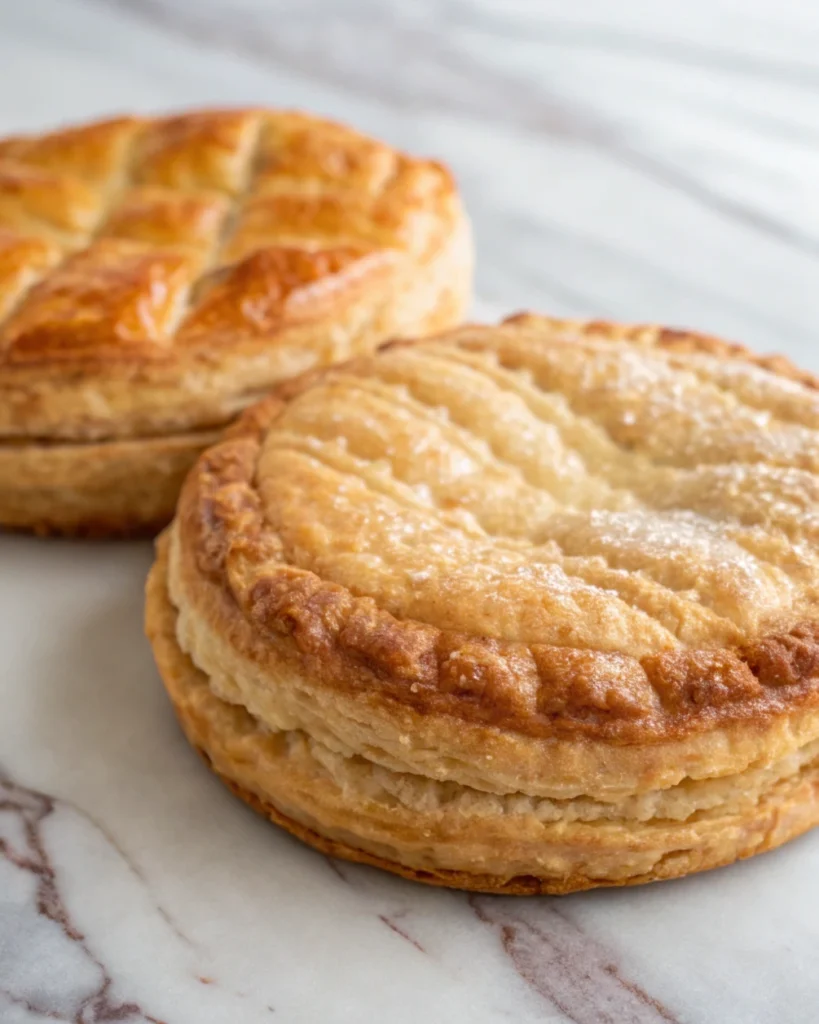
Review of Schär and Geefree Puff Pastry
Let’s face it—sometimes, we just don’t have the time or patience to make gluten free pastry dough from scratch. That’s where store-bought options come to the rescue. The two most well-known contenders in the market are Schär and Geefree, and they both bring something unique to the table.
According to a review on Allrecipes, Schär’s puff pastry is flaky, puffs up beautifully, and has a neutral taste that lets your filling shine. Although it’s a bit delicate to handle (it can crack if too dry), it delivers that golden, crisp texture you crave in a good pastry.
Geefree, on the other hand, leans more toward a pie crust texture. It’s thicker, denser, and less flaky—think of it as a solid base for savory hand pies or tart shells. The flavor is lovely, and it doesn’t overshadow your filling, but don’t expect it to puff like traditional pastry dough.
Both brands are widely available in the freezer section of major grocery stores, and they’re ideal for those last-minute bakes or when you just need an easy win in the kitchen.
Want even more gluten-free options? You can explore this list of puff pastry ideas at Sweet Treats Recipes’ gluten free puff pastry guide.
How Store-Bought Compares to Homemade
There’s no denying the convenience of store-bought dough. But how does it really stack up against homemade? Well, it depends. Homemade gluten free pastry dough gives you full control over the ingredients—especially important if you have multiple food sensitivities or want to experiment with texture and taste.
Store-bought options, while convenient, sometimes sacrifice flavor and puffiness. They’re also more sensitive to temperature changes and may dry out faster. Still, when you’re tight on time, they’re a lifesaver—and they’ve come a long way in recent years in terms of quality and flavor.
Ultimately, it’s all about what fits your schedule and style. You can even keep both on hand: homemade for special occasions and store-bought for quick fixes.
Gluten Free Pastry Dough Recipes for Every Occasion
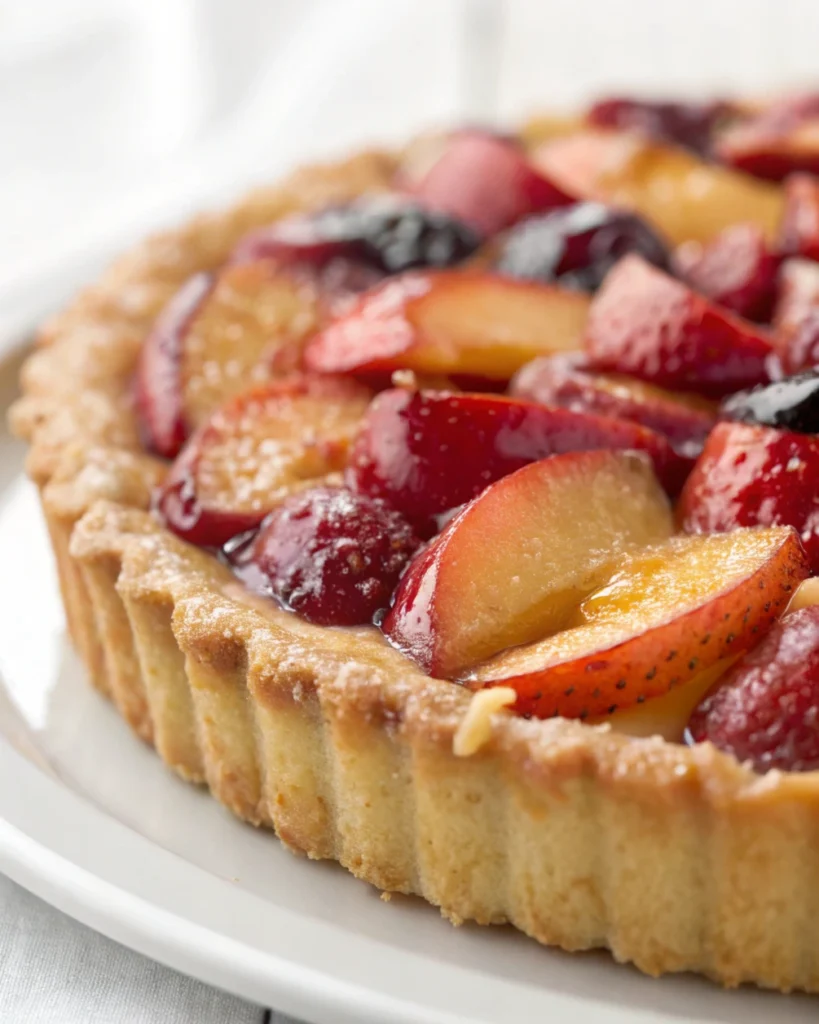
Sweet Recipes: Tarts, Turnovers, and Fruit Pies
Now that you’ve got the basics down, let’s dive into the fun part—baking! Gluten free pastry dough can be your best friend in the dessert department. From golden fruit tarts to flaky berry turnovers, the possibilities are endless.
For something sweet and crowd-pleasing, try filling your pastry with cinnamon apples, blueberries, or pears mixed with honey. Bake until golden and serve warm with a dollop of coconut whipped cream. Trust us, nobody will miss the gluten.
If you’re looking for inspiration, be sure to visit our gluten-free pastries roundup for more delicious recipe ideas that put this dough to good use.
Savory Recipes: Pot Pies, Cheese Puffs, and Appetizers
But hey, gluten free pastry dough isn’t just for dessert. It shines in savory dishes too! Picture a creamy chicken pot pie wrapped in a buttery crust or cheese-stuffed pastry puffs that vanish at every party. Yeah, we’re drooling too.
For savory bakes, go bold with fillings like spinach and feta, herbed mushrooms, or spicy lentils. Brush the tops with olive oil or egg wash (if you’re not avoiding eggs), and bake until crisp and golden.
These recipes are perfect for lunchboxes, brunch spreads, or game-day snacks. And because the dough is naturally light and crumbly, it pairs beautifully with rich, savory flavors.
For more recipe inspiration, check out our full list of puff pastry dessert recipes and feel free to adapt them with your favorite gluten free pastry dough base.
Troubleshooting Common Issues with Gluten Free Pastry Dough
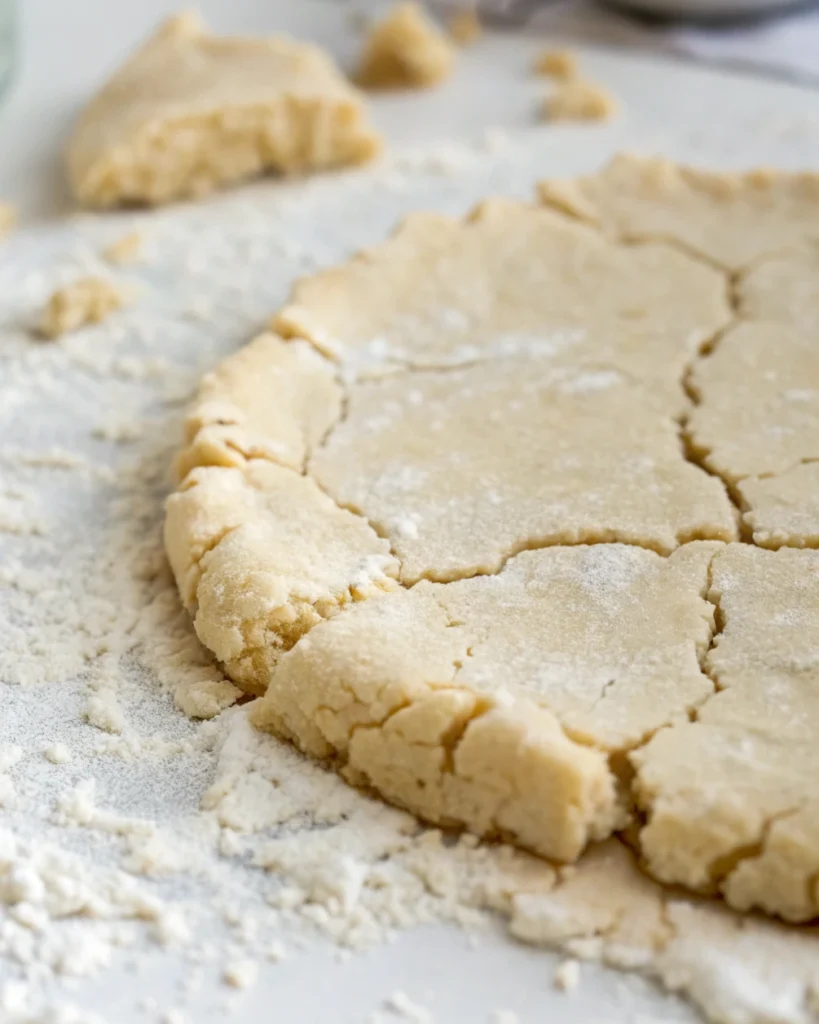
Cracking, Crumbling, and Stickiness
Let’s be honest—working with gluten free pastry dough can sometimes feel like wrangling a crumbly puzzle. If your dough is cracking at the edges or falling apart before you even start rolling, don’t panic. This usually means the dough is either too dry or hasn’t rested enough.
To fix dryness, add cold water a teaspoon at a time and gently knead it in. But don’t overwork the dough—this can make it gummy. If it’s too sticky and clings to everything like a stage-five clinger, chill it longer or add a dusting of rice or tapioca flour before rolling. Often, just a bit more chill time makes a world of difference.
Also, remember that temperature plays a huge role. Warm hands or a hot kitchen can soften the fat too quickly, messing with the structure. If things start going sideways, pop the dough back in the fridge for 10 minutes and reset.
How to Improve Texture and Taste
Let’s talk texture, because that’s where gluten free pastry dough often gets a bad rap. If your crust turns out dense or chewy instead of light and flaky, the fat may have melted too much before baking. Always use chilled fat and work quickly to lock in air pockets that puff up in the oven.
For flavor, you don’t need to reinvent the wheel. Just a dash of salt, a sprinkle of sugar, or even a splash of vanilla extract can elevate your dough from bland to bold. Some bakers swear by using cultured butter for a rich, tangy bite that really shines through in sweet and savory bakes alike.
And don’t forget the power of brushing the crust with milk or egg wash. It boosts browning and adds that irresistible golden glow. The little touches? They go a long way in perfecting gluten-free textures.
Tips from Experts and Bakers
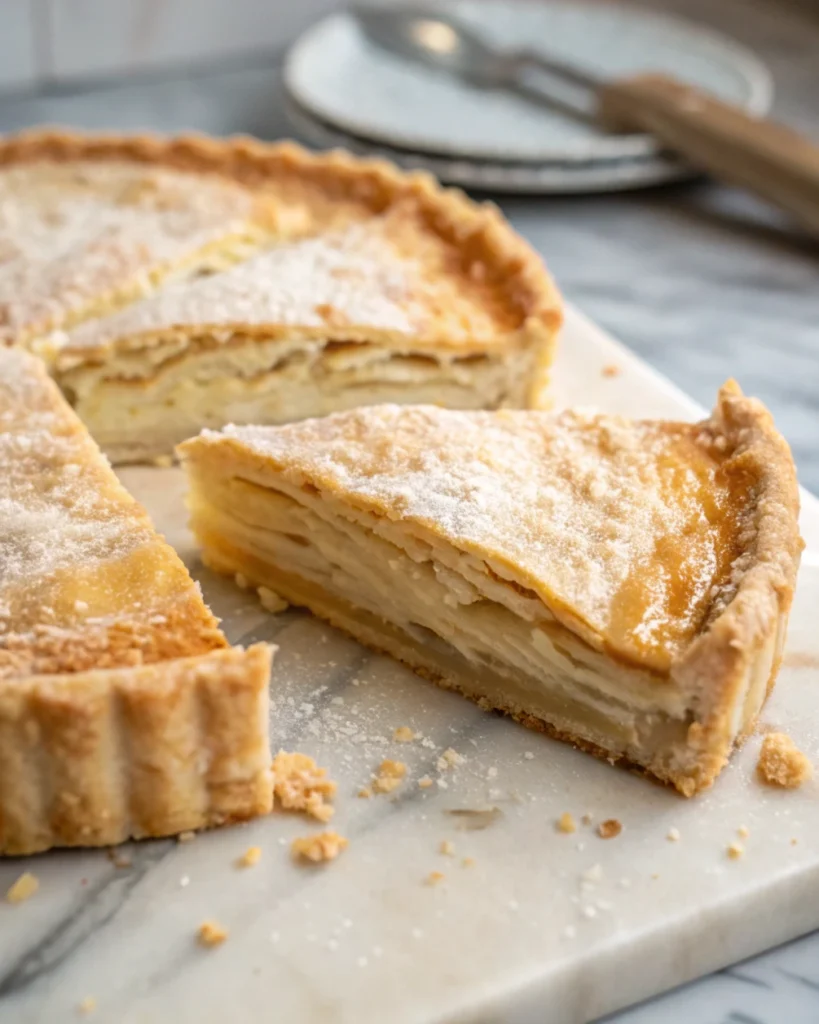
Professional Advice from Allrecipes and King Arthur Baking
If you’ve hit a wall with your gluten free pastry dough, don’t worry—you’re not alone. Baking experts from Allrecipes recommend working with dough that’s just firm enough to hold shape but not stiff like cardboard. Their advice? Don’t force it. If the dough fights back, let it rest and try again after a quick chill.
Over at King Arthur Baking, the golden rule is hydration. They suggest using ice water and mixing just until the dough comes together. Overmixing leads to toughness, and no one wants a chewy crust on their peach tart. Their bakers also swear by rolling dough between parchment paper for easier handling and fewer tears.
These pros also highlight the importance of understanding your flour blend. Not all gluten-free mixes behave the same, so keep notes and adjust recipes as needed. If something flops, don’t give up—just tweak and try again. Even the best bakers didn’t nail it on the first roll.
How to Get Flaky Layers Without Gluten
So, how do you get that magical flake without the help of gluten? The secret is in the layers. When cold fat is evenly dispersed throughout the dough, it melts during baking and creates steam. That steam puffs the dough up and forms crisp, buttery layers.
To encourage this process, roll out the dough gently and fold it like a letter once or twice before chilling. This technique, similar to rough puff pastry, helps mimic traditional lamination. It might not be textbook puff pastry, but it delivers surprisingly airy results.
Finally, bake your pastry hot—start at 425°F and adjust as needed. That initial heat boost gives the dough a running start, encouraging those flaky layers to rise fast and set crisp.
Trust the process, stay cool (literally and figuratively), and keep practicing. The flake is totally worth it.
FAQs
What gluten free flour is best for pastry?
This one comes up a lot—and for good reason. The best flours for gluten free pastry dough tend to be blends. A mix of rice flour, tapioca starch, and potato starch works great for a light, flaky crust. However, if you’re looking for a slightly richer, more tender crumb, adding a bit of sorghum or millet flour can make all the difference.
King Arthur and Bob’s Red Mill both offer pre-made gluten-free flour blends that perform well in pastry recipes. Just make sure your mix contains a binding agent like xanthan gum or psyllium husk—these are key to keeping your dough together.
Is there gluten free puff pastry dough?
Yes, and it’s getting easier to find! Brands like Schär and Geefree make ready-to-bake gluten free puff pastry dough that you’ll find in many grocery store freezer sections. While they might not puff quite as much as traditional dough, they still bake up golden and flaky.
Homemade versions are also totally doable, especially if you try a rough puff technique. It takes a little effort, but the results are well worth it.
Is Pillsbury pie crust gluten free?
Unfortunately, no. As of now, Pillsbury does not offer a gluten free pastry dough or pie crust. But don’t lose hope—many other brands like Wholly Gluten Free and Simple Mills are stepping in to offer easy, ready-made alternatives that taste great.
Just double-check labels for any hidden gluten sources or cross-contamination warnings before buying.
Is there a gluten free phyllo dough?
Gluten free phyllo dough is still pretty rare and tricky to make at home, due to how thin and stretchy traditional phyllo needs to be. While a few specialty stores may carry gluten free versions, they’re often more fragile and harder to handle.
If you’re set on a crispy, layered effect, you might be better off using thinly rolled gluten free pastry dough or experimenting with rice paper sheets for savory or sweet bakes.
What is the trick to baking with gluten free flour?
The secret? Hydration, patience, and temperature control. Gluten free flours absorb more liquid than wheat flour, so recipes often need extra moisture. Letting the dough rest after mixing helps the flour fully hydrate, making it easier to work with and less crumbly.
Also, always chill your dough. Cold fat and rested dough lead to better structure and flakier layers. And don’t skip the binder—xanthan gum or psyllium husk holds everything together when gluten’s not around to do the job.
What is the closest gluten free flour to all-purpose flour?
If you’re looking for a one-to-one swap, look no further than a trusted gluten-free all-purpose flour blend. King Arthur and Cup4Cup offer options that mimic the texture and performance of wheat flour. These blends are especially handy for gluten free pastry dough, where consistency matters.
Just make sure your blend contains a binder—or add your own. Without it, your dough will likely crack, crumble, and frustrate the heck out of you.
Conclusion
By now, you’ve seen that gluten free pastry dough doesn’t have to be a mystery—or a mess. With the right flour mix, a chilled approach, and a few handy tricks, you can whip up flaky, tender pastries that rival any gluten-filled version. Whether you’re crafting sweet fruit tarts, savory pot pies, or spur-of-the-moment hand pies, gluten free baking can be just as fun (and tasty) as the traditional kind.
So grab your favorite flour blend, chill that butter, and roll with confidence. Delicious, golden pastry is closer than you think.
Print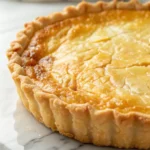
gluten free pastry dough
- Total Time: 1 hour 5 minutes
- Yield: 1 9-inch pie crust or 6 small tarts
Description
This flaky, buttery gluten free pastry dough is perfect for pies, tarts, and turnovers. Made with a custom flour blend and chilled to perfection, it bakes up crisp and tender every time.
Ingredients
– 1 cup white rice flour
– 1/2 cup potato starch
– 1/4 cup tapioca starch
– 1 tbsp granulated sugar
– 1/2 tsp fine sea salt
– 1/2 tsp xanthan gum
– 1/2 cup unsalted butter, cold and cubed
– 1 tsp apple cider vinegar or lemon juice
– 1 large egg
– 2–4 tbsp ice cold water
Egg wash:
– 1 tbsp milk (or non-dairy milk)
– 1 egg yolk (optional)
Instructions
1. In a large mixing bowl, whisk together rice flour, potato starch, tapioca starch, sugar, salt, and xanthan gum.
2. Add the cold, cubed butter to the flour mixture. Use a pastry cutter or your fingers to blend until the mixture resembles coarse crumbs.
3. In a small bowl, whisk together the egg and vinegar (or lemon juice) until foamy. Add to the flour mixture and stir to combine.
4. Gradually add ice water, 1 tablespoon at a time, mixing just until the dough comes together when pressed.
5. Shape the dough into a disk, wrap it in plastic wrap, and refrigerate for at least 1 hour.
6. Once chilled, let the dough rest at room temperature for 10–15 minutes. Roll out between sheets of parchment or on a floured surface.
7. Use as desired in your recipe for pies, tarts, or turnovers.
8. For a golden finish, brush the crust with egg wash before baking.
9. Bake according to your pie or pastry recipe’s instructions.
- Prep Time: 20 minutes
- Cook Time: 45 minutes
- Category: Gluten Free
- Cuisine: Gluten Free
Nutrition
- Calories: 290 kcal
- Protein: 3g
Keywords: gluten free pastry dough, gluten free pie crust, gluten free tart dough, gf pastry, gluten free baking

